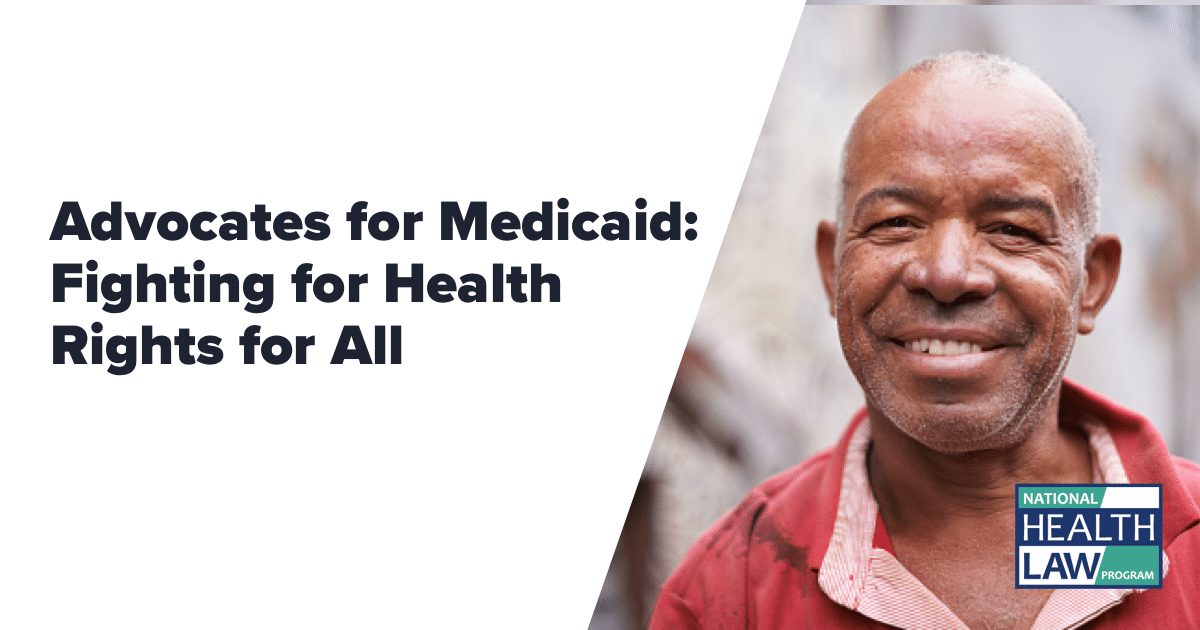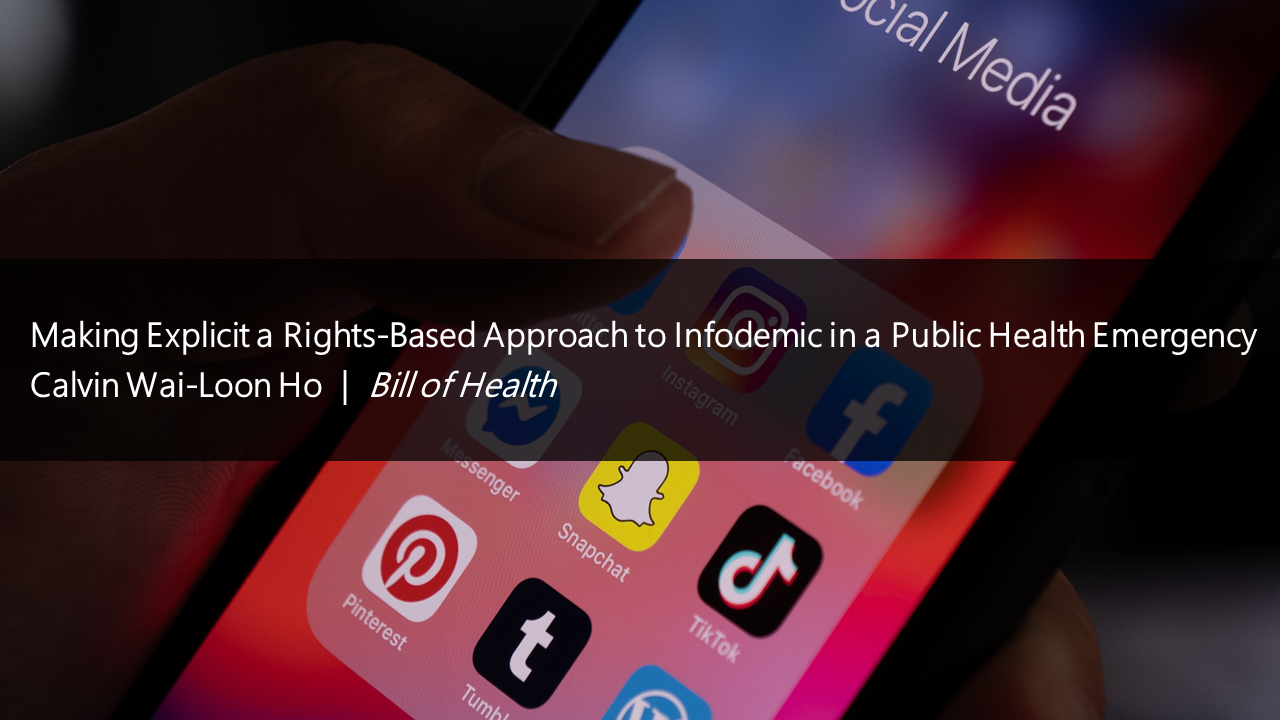The Overdose Epidemic, Substance Use Disorders, and the 2024 Election
During September, the U.S. observed National Recovery Month a time to remember the lives lost as a result of the ongoing overdose epidemic and to promote and support evidence-based policies and practices that reduce the burden of the epidemic. This year, the occasion also presents the opportunity to evaluate the impact of the November election on the epidemic and on the potential to expand access to substance use disorder (SUD) treatment, particularly for underserved communities which are increasingly impacted by the drug crisis.
Preliminary data show decreases in overdoses and overdose-related deaths in recent years. Between April 2023 and April 2024, both of these numbers declined by about 10% when compared to the previous year. Nonetheless, over 100,000 individuals still died during that time span due to an overdose, a number that remains far too high considering that the public health community has consistently called attention to several interventions that are widely accepted as effective in preventing overdose and reducing the burden of SUD. Despite the general agreement around those interventions, the majority of individuals at risk of overdose are still not accessing them and significant disparities persist with Black and Latinos experiencing lower rates of treatment than their white counterparts.
The overall decrease in overdose deaths responds to a variety of factors; however, experts generally agree that concrete policy actions implemented by the current administration are contributing to the improvements. Four of these policies are tied to increased access to SUD treatment services and efforts to ensure coverage of those interventions in Medicaid and commercial plans.
- Prescribing of Medications for Opioid Use Disorders via Telehealth
In response to the COVID-19 pandemic, the U.S. Department of Health and Human Services (HHS) and the Drug Enforcement Administration (DEA) approved temporary flexibilities allowing individuals with opioid use disorders (OUD) to be prescribed buprenorphine via telehealth. HHS also allowed Opioid Treatment Program (OTPs) (clinics permitted to treat patients with OUD with methadone) to provide low doses of methadone on a take-home basis. Those policies not only resulted in increased access to these life-saving medications, but also disproved the notion that easing access to them would result in higher levels of misuse.
HHS, under the Biden administration, subsequently made these flexibilities, as applied to OTPs, permanent in early 2024 and extended the telehealth prescribing opportunities to methadone (via audio-visual technologies only). Reportedly, a draft regulatory proposal from the DEA would also maintain the telehealth flexibilities related to buprenorphine, but would prohibit non-specialist providers to prescribe methadone via telehealth without an in-person visit taking. Given the role of the DEA in regulating buprenorphine and methadone, a future administration that emphasizes criminalization of health care and treatment as solutions to the overdose crisis will erode policies that seek to expand access to medications for OUD via telehealth prescribing and through take-home flexibilities, undoing the recent gains.
- Expanding Access to Naloxone as an Over-the-Counter Medication
A second key policy that has likely contributed to the decrease in overdose deaths is the Biden administration’s approval of two formulations of the opioid overdose reversal medication naloxone as over-the-counter drugs. The move, finalized by the Food and Drug Administration (FDA) in 2023, enables individuals at risk of overdose to buy the medication without a prescription from their doctor, reducing the likelihood that they experience stigma and discrimination. While it is unlikely that any future administration would reverse this approval, questions regarding affordability remain. As NHeLP has pointed out, HHS should address the need for Medicaid and commercial plans to continue covering naloxone, even when sold over-the-counter or without a prescription. While guidance and regulations instructing insurers to that end is possible, any future administration must use authority under the Affordable Care Act (ACA), such as coverage expansions, requirements to cover SUD services as Essential Health Benefits, and expansion of behavioral health parity requirements, to do so. A push to repeal or limit the ACA in any way is contradictory and counterproductive to efforts to maintain and expand access to naloxone.
- Facilitating Access to Medications for Opioid Use Disorders in Medicaid
In 2024, Congress passed the Consolidated Appropriations Act, which made permanent a provision of the Substance Use Disorder Prevention that Promotes Opioid Recovery and Treatment for Patients and Communities (SUPPORT) Act requiring Medicaid plans to cover all FDA-approved medications for OUD treatment. This significant bi-partisan win ensures increased access to buprenorphine and methadone by removing coverage concerns for low-income individuals struggling with substance misuse. The policy, however, may be weakened by potential future efforts to cut Medicaid eligibility (through repeals of the Medicaid expansion or HHS allowing states to inappropriately limit eligibility). In addition, while the law requires coverage of buprenorphine and methadone, it continues to allow states to impose prior authorization and other utilization management strategies that effectively act as barriers for individuals in need of treatment. The next administration will have the opportunity to urge or instruct states to eliminate prior authorization and other inappropriate barriers in order to maximize the impact of the coverage requirement. Again, however, these administrative actions would only be possible under the current ACA landscape and any efforts to repeal or rollback the law will inevitably water down the coverage requirement.
- Enabling Access to Contingency Management for Stimulant Use Disorders
A less talked-about policy that may soon begin to contribute to lowering overdose deaths is the utilization of contingency management as treatment for stimulant use disorders. Stimulants are increasingly involved in a higher number of drug-related deaths, particularly because it is common for these drugs to be mixed with fentanyl. While there are currently no FDA-approved medications for treating stimulant use disorders, contingency management has been proven to be effective in reducing the harms associated with this condition. The intervention consists in rewarding individuals (via cash assistance, gift cards, etc.) for testing negative for stimulant use during a specified time period.
During President Biden’s term, the Centers for Medicare and Medicaid Services (CMS) has approved demonstration projects that allow Medicaid to cover the intervention in three states and more requests are expected to be submitted soon. Medicaid coverage of contingency management will not only increase the number of individuals with stimulant use disorders getting any type of treatment for that condition, but it may also result in a higher number of beneficiaries accessing other SUD treatment services, such as buprenorphine, methadone, and naloxone, given that contingency management policies in those three states require providers to make concerted efforts to connect beneficiaries with other services. A future administration that punishes rather than treats stimulant use disorders will certainly erode the potential promise that these demonstrations have shown and jeopardize these approaches.
To date, contingency management Medicaid demonstrations have been wrapped into larger SUD demonstrations that primarily seek to expand availability of residential and institutional-based SUD treatment. These SUD-specific waivers of a provision of the Medicaid Act prohibiting the use of federal funding for services provided in large psychiatric residential facilities are in place in over 35 states, despite the fact that state evaluations have failed to show a direct link between over-reliance on institutionalization to treat SUD and higher number of people accessing medications for OUD, higher adherence to treatment, reductions in emergency department visits related to SUDs, or reductions in overdose and overdose-related deaths. The next administration will have to contend with the evaluation results of contingency management and other SUD demonstrations and make decisions about how the Medicaid program can best be leveraged to ensure low-income individuals receive evidence-based and effective treatment in appropriate settings.
Conclusion
The SUD and overdose crisis is typically regarded as a hot-button issue with bi-partisan support. But there is still a significant divide between the various policy approaches being proposed to tackle the epidemic. What was the main focus for the first two decades of the epidemic (higher criminalization, restricting access to opioid medications, expanding law enforcement efforts to combat the so-called “war on drugs,” and reliance on institutionalization for treatment, etc.) had no noticeable effect on the number of overdose deaths and likely contributed to the crisis. Conversely, concerted efforts to expand access to and coverage of treatment services proven to reduce the burden of SUD are resulting in less deaths. The results of the November election will decide the future of these policy approaches and therefore will be determining in whether the trend of decreasing overdose deaths is sustained.






